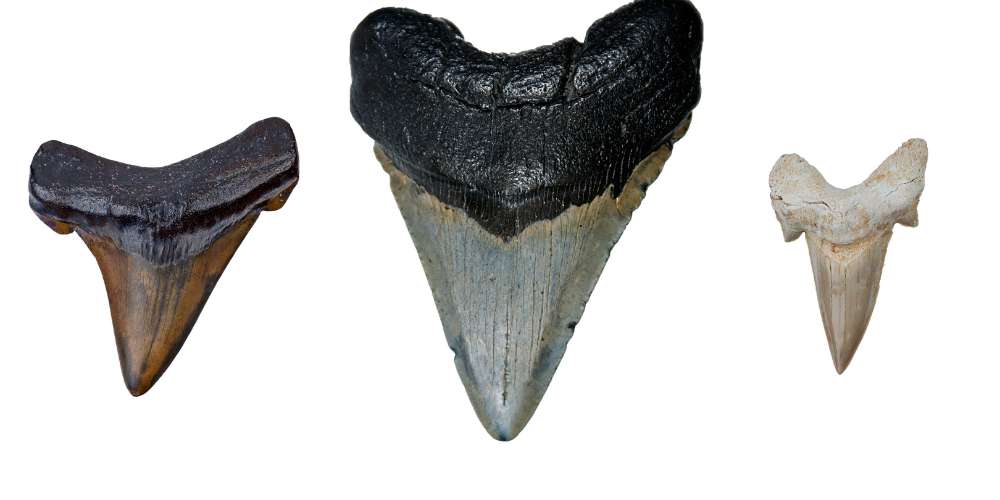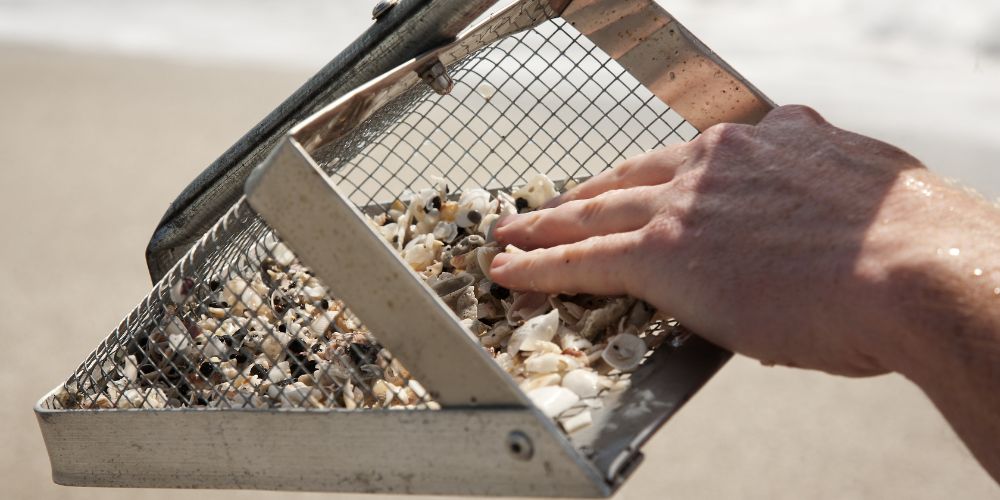Yes, Venice, Florida is indeed known as the “Shark Tooth Capital of the World.” With its rich fossil history, favorable geography, and the sheer number of shark teeth that wash ashore, Venice rightfully earns its title as the Shark Tooth Capital of the World. The combination of accessible beaches, fossil-rich waters, and a long-standing fossil-hunting tradition makes it a must-visit destination for any fossil enthusiast.
The History Behind Venice’s Shark Teeth
Venice and Caspersen Beach in Florida are renowned for their abundance of fossils and shark teeth due to their unique geological history and coastal features. The region’s sandy shores are situated atop layers of ancient sedimentary deposits dating back millions of years, providing a fertile hunting ground for fossil hunters and beachcombers.
Millions of years ago, during the Miocene and Pliocene epochs, Florida was almost entirely underwater. During this period, massive ancient sharks, including the infamous Megalodon, prowled the warm seas. When these sharks died, their bodies decomposed, but their teeth, made of hard dentin and enamel, remained intact. Over millions of years, these teeth fossilized, becoming dark and mineral-rich. This is why most sharks teeth found are black in color.
As geological processes shaped Florida, much of these fossilized treasures were trapped in sediment layers. As sea levels fluctuated and land masses shifted, these fossil-rich deposits were exposed and eroded by the action of wind, waves, and tides, gradually releasing their hidden treasures onto the beaches of Venice and Caspersen. The constant churning of the Gulf waters helps to uncover new fossils and shark teeth with each passing tide, replenishing the supply for avid collectors and enthusiasts.
In addition to the area’s geological history, the unique currents and underwater topography of the Gulf of Mexico play a role in concentrating fossils and shark teeth along the shores of Venice and Caspersen Beach. The gentle slope of the continental shelf and the presence of offshore sandbars create ideal conditions for sediment deposition and fossil preservation, ensuring a steady supply of treasures for beachgoers to discover.
Overall, the combination of geological processes, ancient marine environments, and coastal dynamics has endowed Venice and Caspersen Beach with a wealth of fossils and shark teeth, making them premier destinations for fossil hunting and beachcombing enthusiasts seeking to uncover the mysteries of Florida’s prehistoric past.
Geography: Why Venice?
Venice, in particular, sits atop a fossil-rich layer of Florida’s Gulf Coast that runs 18-35 feet deep. The continental shelf off the coast is close enough to shore that waves regularly stir up fossils, depositing them on the beaches. As a result, Venice has earned its reputation as the go-to destination for shark tooth enthusiasts.
The geography of Venice Beach is uniquely suited for shark tooth hunting. The Gulf of Mexico’s currents and wave action constantly bring fossilized shark teeth from the ocean floor to the shoreline. Unlike the Atlantic coast, where rougher surf might bury or scatter fossils, the calmer Gulf waters allow these teeth to accumulate along the beach.
Additionally, Venice is located near several ancient river systems that once carried sediments, including fossilized remains, into the sea. These ancient riverbeds, now submerged, continue to erode and supply the beaches with a fresh influx of shark teeth.
Facts About Shark Teeth in Venice
Types of Teeth Found

Venice beaches are known for their variety of fossilized shark teeth. You can find teeth from species like the Great White, Bull Shark, and the prized Megalodon, the ancient behemoth that once dominated the seas.
Most of the teeth found on Venice Beach are small, about the size of a fingernail, but Megalodon teeth can be as large as 5-7 inches.
The Venice Shark’s Tooth Festival
Every year, Venice hosts the popular Shark’s Tooth Festival, celebrating the town’s claim to fame. This family-friendly event features fossil vendors, live music, and activities centered around fossil hunting and marine conservation.
Tools of the Trade

Many fossil hunters use sifters, sand scoops, or even specialized shark tooth rakes to search through the sand. Others simply walk along the beach and keep a sharp eye on the tideline, where teeth often wash up.
How to Find Them

Most people stroll along the beach scanning the sand for the shiny black teeth. Others walk to the water’s edge, where the waves break, and scoop up sand and shells. For those who want a deeper adventure, Venice is also a popular spot for shore diving. Divers can explore offshore fossil beds and reefs, often returning with larger and more intact fossils.
Venice Shark Tooth Hunting Adventure
Other Great Shark Tooth Hunting Spots in Florida
While Venice Beach is famous for its shark teeth, there are several other places in Florida where fossil hunters can find similar treasures:
St. Augustine Beach (Atlantic Coast)
On Florida’s east coast, St. Augustine Beach is known for its fossil-rich shores. Although the teeth found here tend to be smaller, the Atlantic waves bring new fossils with each tide.
Amelia Island
Amelia Island, located near Jacksonville, is another prime location for shark tooth hunters. The beaches here are filled with black, fossilized shark teeth, particularly after storms or rough surf.
Peace River
For a more immersive experience, head inland to the Peace River. Known for its fossil beds, the river is a top spot for finding larger Megalodon teeth and other prehistoric fossils. Many hunters use sifters or even dive into the riverbed to search for fossils.
Sanibel Island
Famous for its shelling, Sanibel Island also offers the occasional shark tooth find, particularly near Blind Pass. While shell hunters dominate the beaches, fossil enthusiasts know that shark teeth can also wash ashore here.











